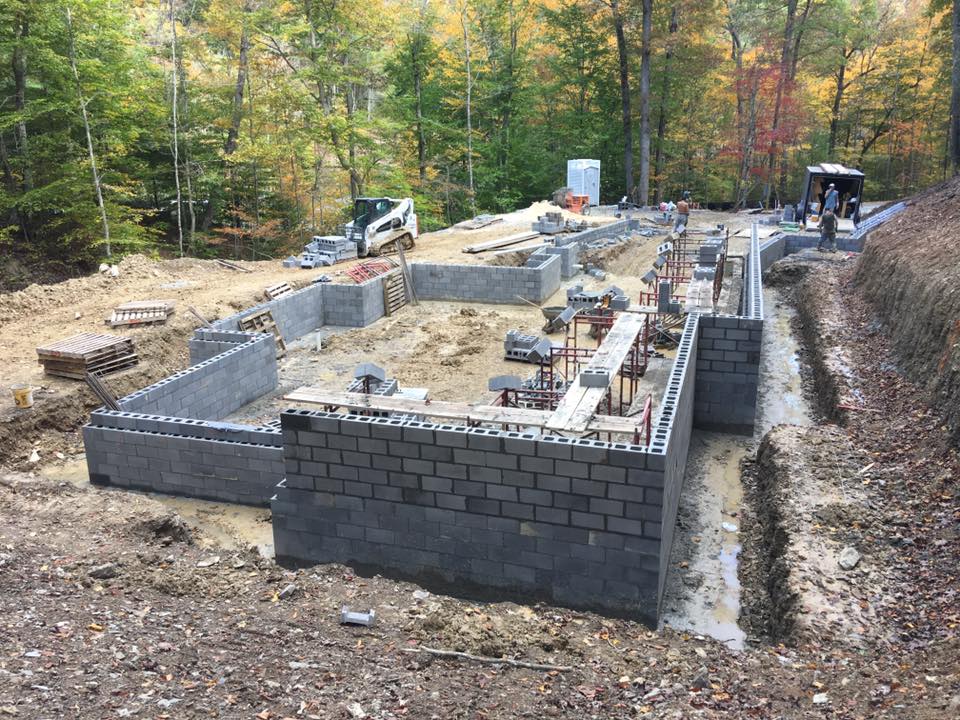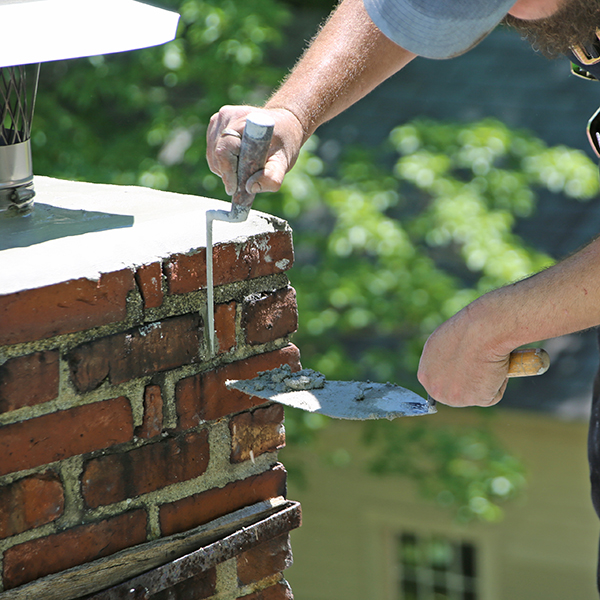5 Easy Facts About Step Repair Explained
Table of ContentsThe Buzz on Chimney Flashing And Cap RepairGetting My Roofing Contractor To WorkFacts About Siding Contractor UncoveredSiding Contractor Things To Know Before You Get ThisSome Ideas on Patio Installation You Should KnowGetting My Tuckpointing To Work

The acid liquifies all the carbonate-containing minerals not just in the binder, yet also in the aggregate (such as oyster coverings, coral reefs sands, or various other carbonate-based products), as well as any type of various other acid-soluble products. The sand and fine-grained acid-insoluble material is left. There are numerous variations on the straightforward acid digestion test.
Basic acid digestion techniques are rapid, economical, and easy to execute, but the details they offer concerning the initial structure of a mortar is restricted to the color as well as structure of the sand. The gas collection technique offers more information about the binder than a basic acid food digestion test. analysis methods that have been used to evaluate mortars include polarized light or thin-section microscopy, scanning electron microscopy, atomic absorption spectroscopy, X-ray diffraction, and differential thermal analysis.
Siding Contractor for Beginners
Historical mortars were not prepared to directly defined specs from products of consistent quality; they have a wide range of locally acquired products combined at the discernment of the mason. While a certain approach could be able to precisely establish the initial proportions of a lime-cement-sand mortar prepared from modern materials, the usefulness of that approach for assessing historic mortars is questionable unless it has been tested against mortars prepared from materials more commonly used in the past.
It is a common error to assume that hardness or high strength is a measure of appropriateness, particularly for lime-based historic mortars. Tensions within a wall surface brought on by development, tightening, moisture movement, or negotiation needs to be suited somehow; in a masonry wall, these tensions ought to be eased by the mortar as opposed to by the masonry systems.
High lime mortars are extra absorptive than denser concrete mortars. Historically, mortar acted as a bed linens materialnot unlike a development jointrather than a "adhesive" for the masonry devices, as well as wetness had the ability to migrate via the mortar joints as opposed to the masonry devices. When wetness evaporates from the stonework it deposits any soluble salts either externally as efflorescence or listed below the surface as subflorescence.
The Buzz on Chimney Services
If the mortar does not permitmoisture or moisture vapor to migrate out of the wall and evaporate, theresult will certainly be damages to the masonry units. Sand is the biggest part of mortar and also the product that gives mortar its unique shade, texture as well as cohesiveness. Sand must be totally free of impurities, such as salts or clay.


Not known Facts About Chimney Sweep
For repointing, rose city cement should comply with ASTM C 150. White, non- staining rose city cement may give a far better shade match for some historic mortars than the more typically available grey portland cement. It ought to not be assumed, nevertheless, that white rose city concrete is constantly ideal for all historic buildings, considering that the original mortar may have been mixed with grey concrete.
Therefore, they generally are not advised for use on historical masonry buildings. Moisturized lime mortars, as well as pre-blended lime putty mortars with or without a matched sand are commercially available. Personalized mortars are likewise readily available with color. In the majority of instances, pre-blended lime mortars having sand may not give a precise suit; nevertheless, if the project asks for overall repointing, a pre-blended lime mortar may be worth considering as long as the mortar works in stamina with the stonework.
In either case, if a preblended lime mortar is to be made use of, it ought to have Type S or SA moisturized lime complying with ASTM C 207. Water should be potableclean and also devoid of acids, antacid, or other dissolved natural products. Along with the shade of the sand, the structure of the mortar is of critical significance in duplicating historical mortar.
The Only Guide for Tuckpointing
The usage of antifreeze substances is not suggested. They are not really effective with high lime mortars as well as might introduce salts, which may cause efflorescence later.
For repointing, lime must conform to ASTM C 207, Kind S, or Kind SA, Hydrated Lime for Stonework Purposes. This machine-slaked lime is designed to ensure high plasticity as well as water retention. Making use of quicklime which have to be slaked and soaked by hand might have benefits over moisturized lime in some reconstruction projects if time as well as cash enable.
For repointing, rose city cement ought to adjust to ASTM C 150. White, non- discoloring rose city cement might offer a far better shade match for some historical mortars than the more frequently available grey portland concrete. It ought to suspended concrete slab not be presumed, discover this info here nevertheless, that white portland concrete is always ideal for all historical structures, since the original mortar may have been blended with grey cement.
5 Simple Techniques For Siding Contractor
Consequently, they generally are not suggested for use on historical masonry structures. Moisturized lime mortars, and also pre-blended lime putty mortars with or without a matched sand are commercially readily available. Personalized mortars are likewise available with shade. In most circumstances, pre-blended lime mortars containing sand might not provide a precise match; however, if the task asks for complete repointing, a pre-blended lime mortar may deserve thinking about as long as the mortar is compatible in stamina with the masonry.
In either instance, if a preblended lime mortar is to be utilized, it should include Type S or SA hydrated lime complying with ASTM C 207. Water ought to be potableclean and also go now devoid of acids, antacid, or other dissolved natural products. Along with the shade of the sand, the texture of the mortar is of crucial relevance in replicating historic mortar.
Option of admixtures must be made by the engineer or building conservator as component of the specs, not something regularly added by the masons. Normally, modern-day chemical ingredients are unneeded and may, as a matter of fact, have damaging results in historic stonework jobs. Using antifreeze substances is not suggested. They are not really efficient with high lime mortars and might present salts, which may cause efflorescence later on.